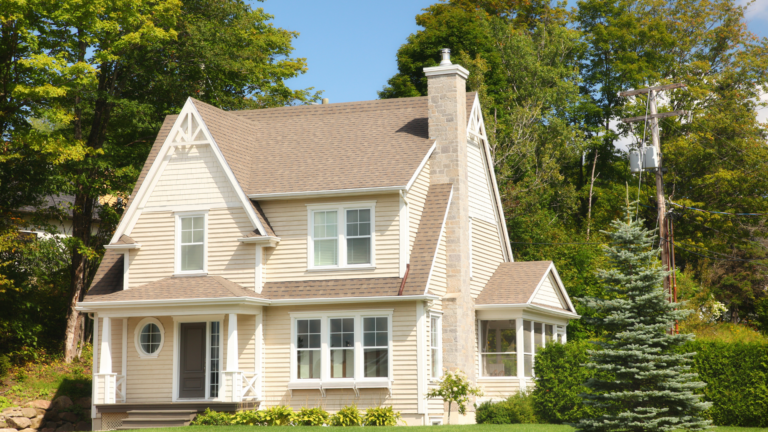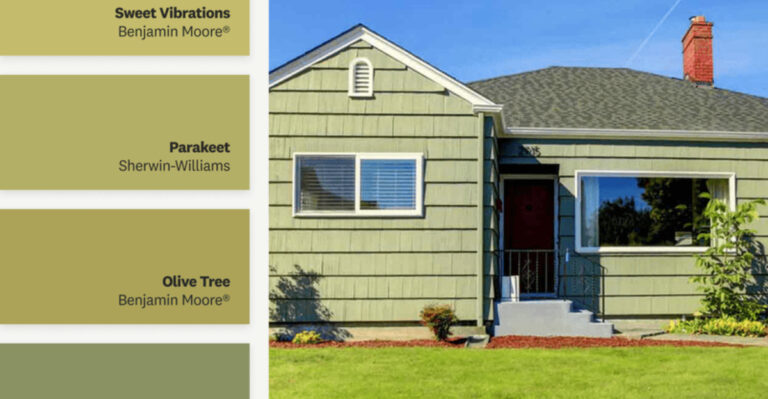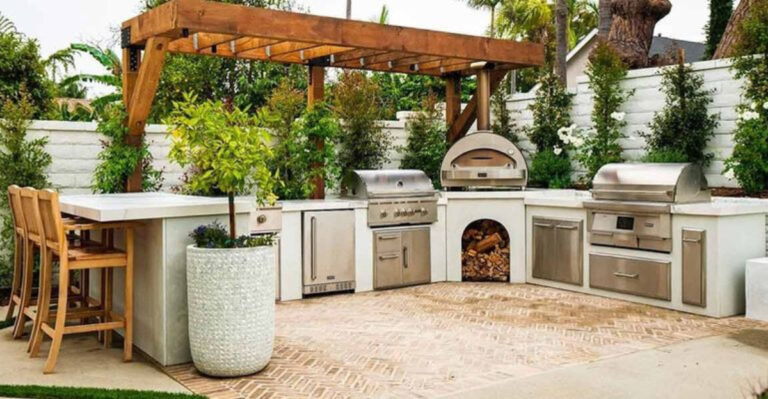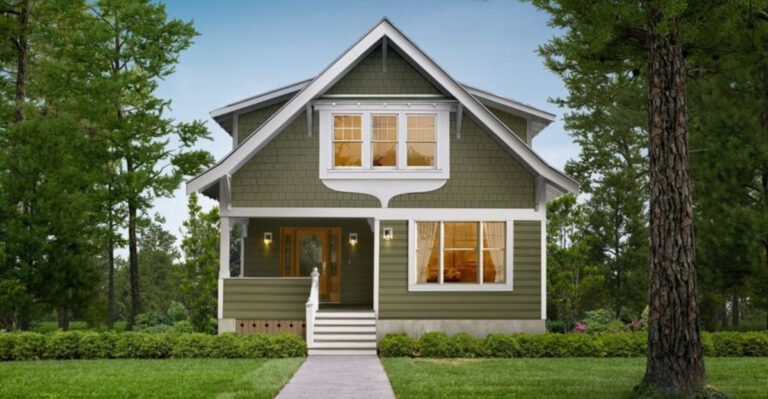17 Common Front Porch Features That Secretly Give Designers The “Ick”
Front porches say a lot about a home, often before anyone even steps inside. I’ve seen how a few small design missteps, like faded decor, clunky furniture, or mismatched pieces can throw off the whole vibe.
It’s easy to overlook the porch when you’re focused on the inside, but it really does set the tone. Designers tend to notice the little things that most of us brush past, and they can make a big difference in curb appeal.
Sometimes, it’s just about rethinking a few details to make the space feel more pulled together and welcoming.
1. Plastic Plants That Fool Nobody

Nothing screams ‘I gave up on gardening’ quite like dusty fake ferns hanging by your front door. Real designers know these synthetic attempts collect grime, fade unevenly in the sun, and look about as natural as a toupee in a windstorm.
While maintenance-free sounds tempting, your visitors can spot these impostors from the street. Instead, try low-maintenance live plants like succulents or seasonal wreaths that actually bring life to your entryway.
2. Mismatched Rocking Chairs
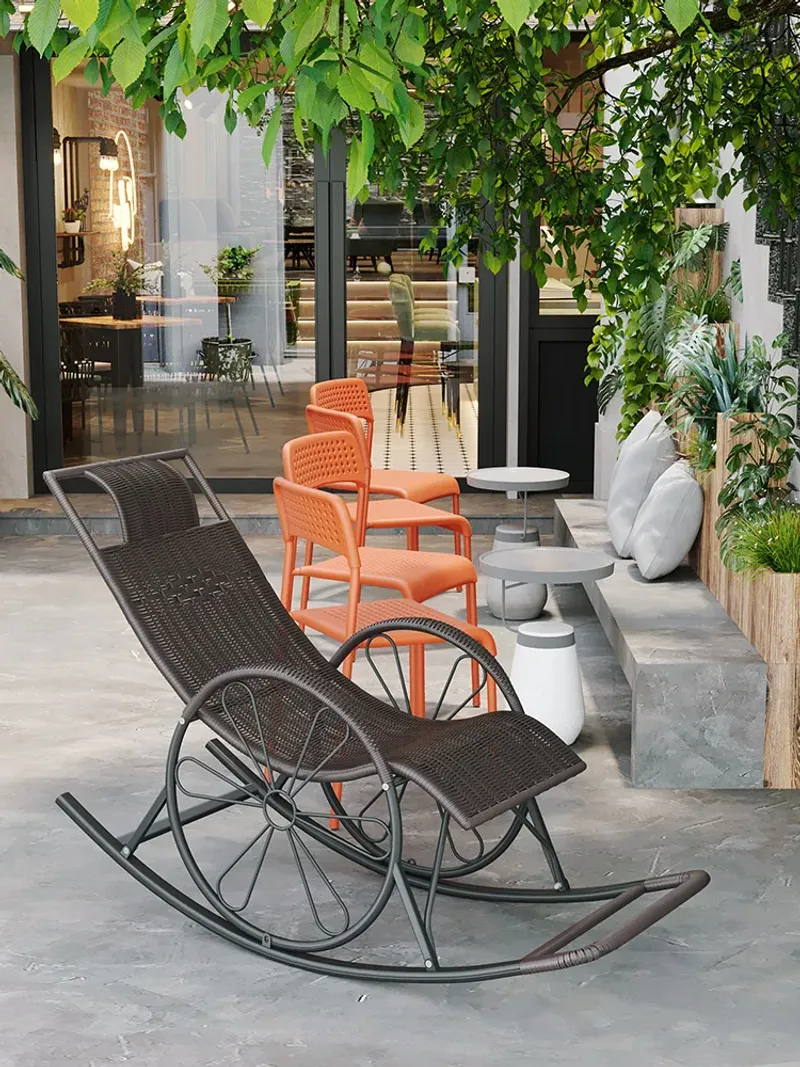
Grandma’s antique rocker might hold sentimental value, but pairing it with that garage sale find creates visual chaos.
Each chair tells a different story, and together they’re having an argument nobody wants to hear. Sometimes nostalgia clouds judgment when furnishing outdoor spaces.
Professional designers suggest either committing to an eclectic look with purpose or creating harmony through similar styles, materials, or at least a cohesive color scheme for your seating arrangement.
3. Welcome Mats With Corny Sayings
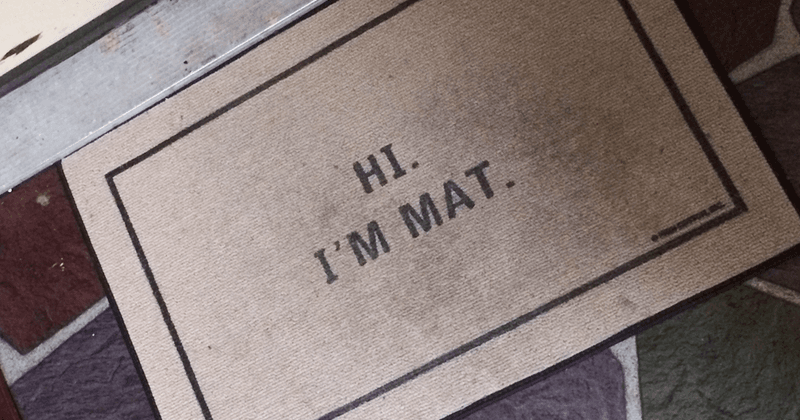
If your doormat screams ‘Live, Laugh, Love’ or ‘Wipe Your Paws,’ designers are secretly rolling their eyes.
Those cutesy phrases that seemed charming at the home goods store have become the equivalent of hanging a sign that says ‘unoriginal’ on your front door.
Where’s the personal touch in mass-produced wit? A simple, high-quality mat in a texture that complements your home speaks volumes more about your actual style than borrowed Instagram phrases ever could.
4. Holiday Decorations Long Past Their Season
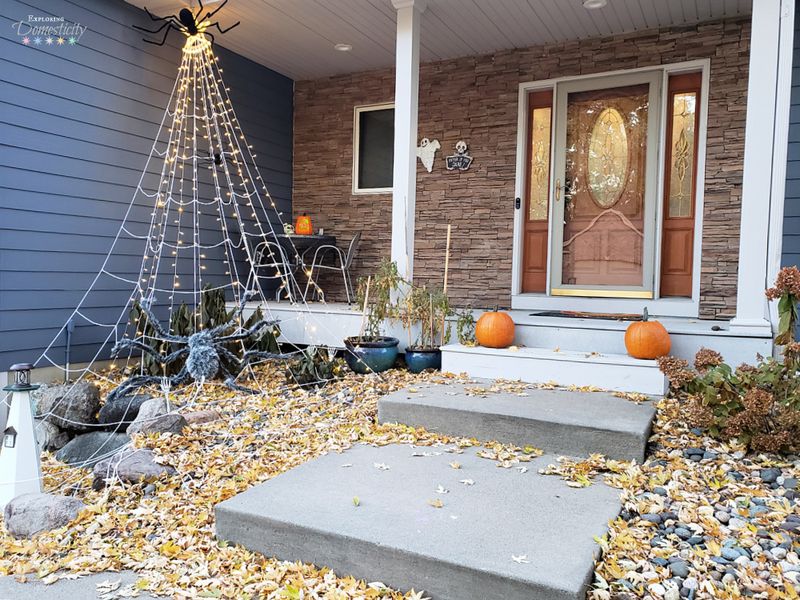
Those Christmas lights still twinkling in April aren’t giving ‘festive vibes’ anymore. They’re telling the neighborhood you’ve given up.
Forgotten decorations from holidays long past create an impression of neglect rather than celebration. Time flies, we get it. But professional designers insist that seasonal decor should follow actual seasons.
Your jack-o’-lantern rotting by Valentine’s Day isn’t quirky, it’s just making the local raccoons very happy while making designers very sad.
5. Too Many Wind Chimes
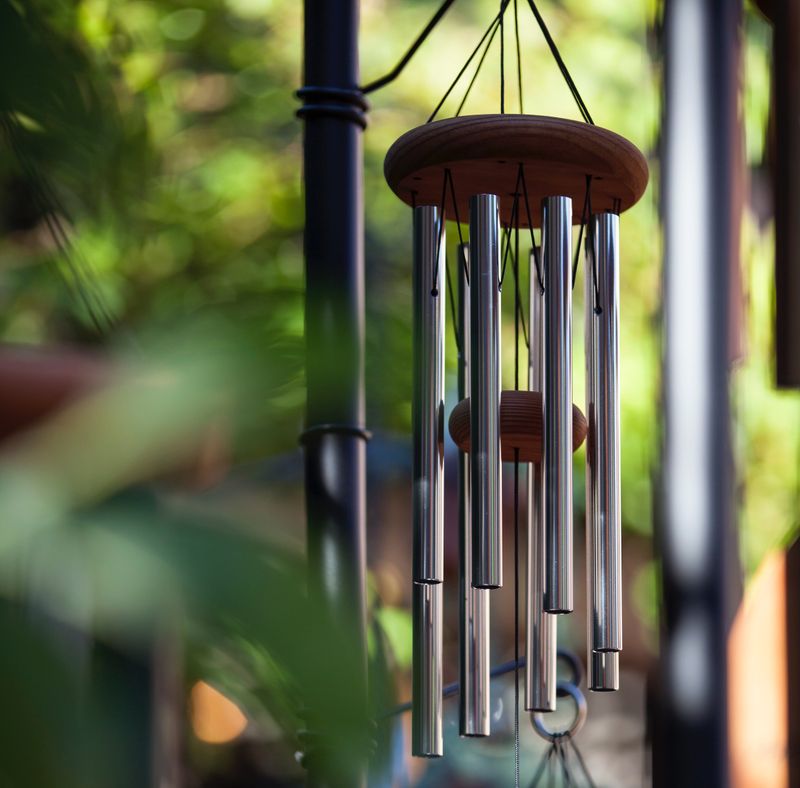
One wind chime creates gentle melody. Seven wind chimes create what musicians call ‘cacophony’ and what neighbors call ‘that annoying house.’
Your collection might seem harmonious to you, but designers know it looks cluttered and sounds overwhelming. There’s something about these tinkling accessories that makes people collect them like Pokemon.
Consider keeping just your favorite, ideally one that complements your porch aesthetics rather than dominating the space with a mini bell choir that activates with every slight breeze.
6. Faded, Sun-Damaged Cushions
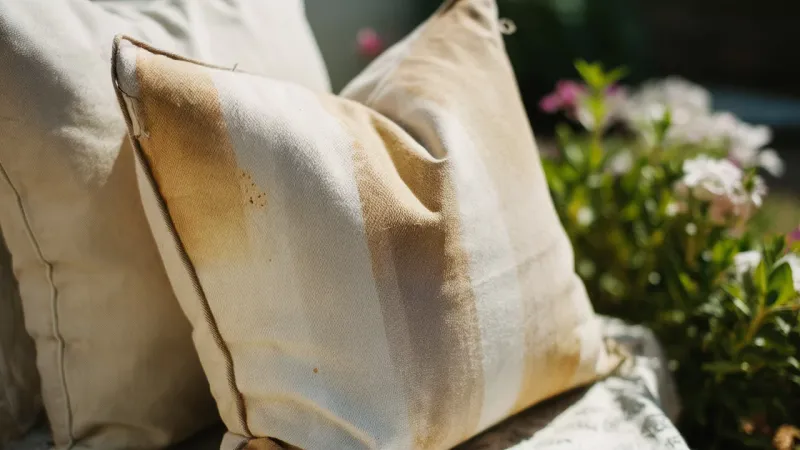
Those once-beautiful floral cushions now sport an unintentional ombré effect, fading from vibrant to ghostly pale.
Sun damage isn’t a design choice, it’s a maintenance issue that screams neglect to professional eyes. Though outdoor fabrics have improved dramatically, nothing lasts forever in direct sunlight.
Designers recommend investing in cushions specifically made for outdoor use with UV-resistant fabrics, storing them during harsh weather, or accepting that they’ll need replacement every few seasons.
7. Excessive Americana Decor
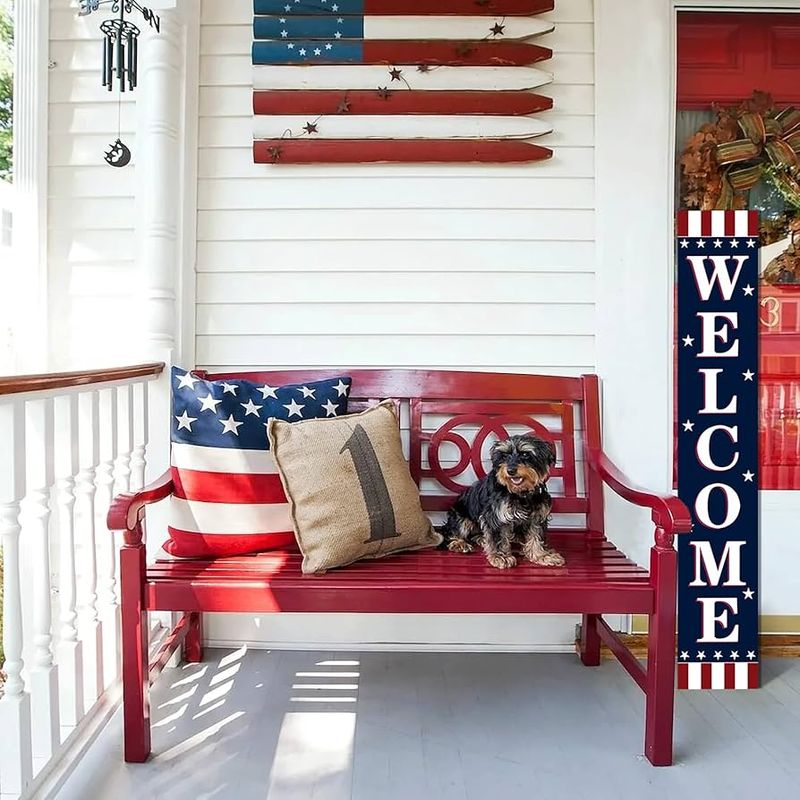
A tasteful flag for holidays shows patriotism. Covering every inch of your porch with stars, eagles, and red-white-blue everything looks like Uncle Sam exploded on your property.
Designers wince at this over-the-top approach to national pride. There’s a fine line between patriotic and theme park. Quality over quantity applies here too.
One well-placed, properly hung flag makes a stronger statement than seventeen eagle figurines guarding your steps like tiny feathered soldiers alongside star-spangled everything else.
8. Inspirational Word Art Everywhere
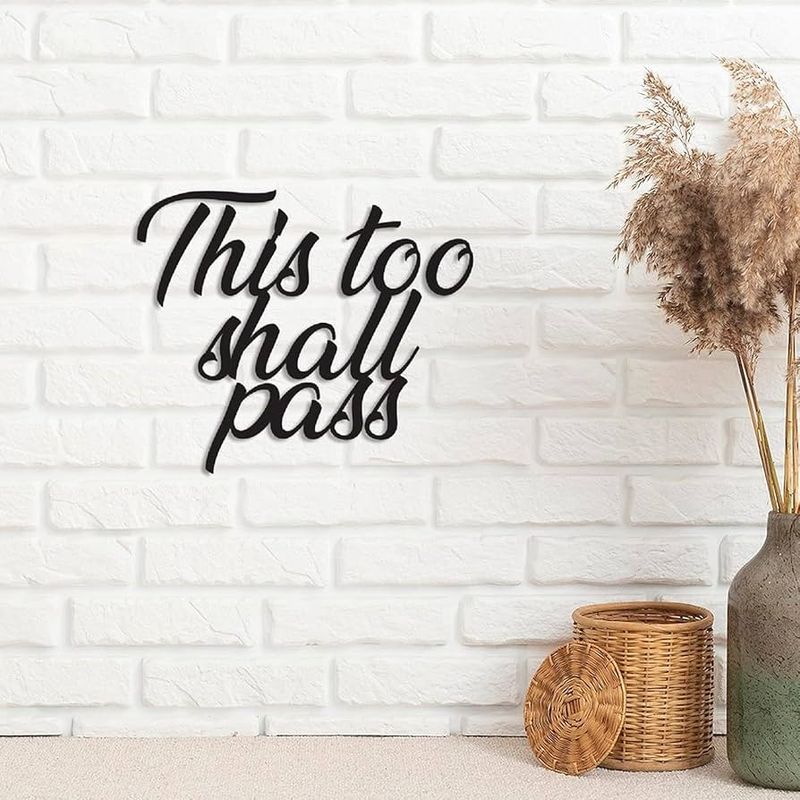
Your collection of standalone words like ‘Blessed,’ ‘Gather,’ and ‘Family’ mounted on every available surface doesn’t inspire designers.
It actually makes them wonder if you might forget what’s important without wooden reminders scattered throughout your porch. Though meant to be uplifting, these mass-produced sentiments often feel impersonal.
Designers suggest choosing one meaningful piece that truly resonates rather than creating a word salad that dilutes any actual message you hoped to convey to visitors.
9. Neglected, Peeling Paint
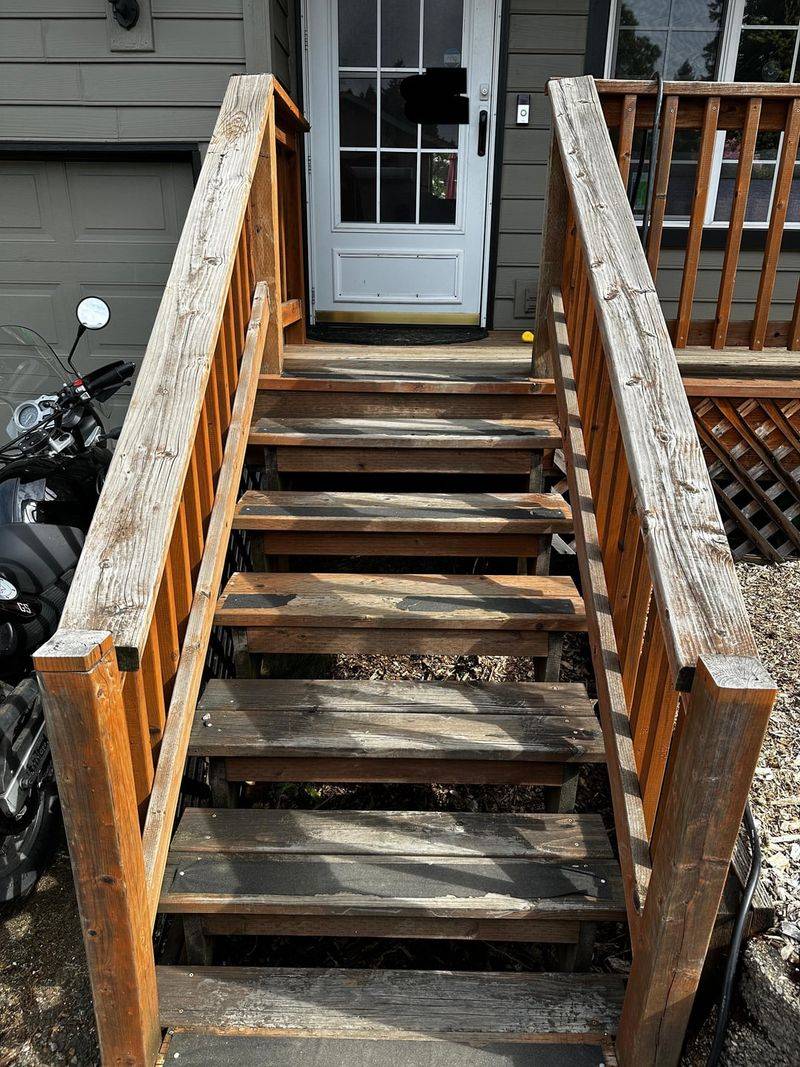
Peeling paint isn’t creating a charming weathered look, no matter what you tell yourself.
Designers immediately notice this maintenance shortcut that undermines even the most thoughtful decor choices sitting atop that flaking surface. Weather takes a toll on exterior surfaces, especially on exposed porch elements.
Regular maintenance might seem tedious, but professionals emphasize that fresh paint provides both protection and the foundation for all other design elements to shine instead of looking like they’re staged on neglect.
10. Overcrowded Plant Collections
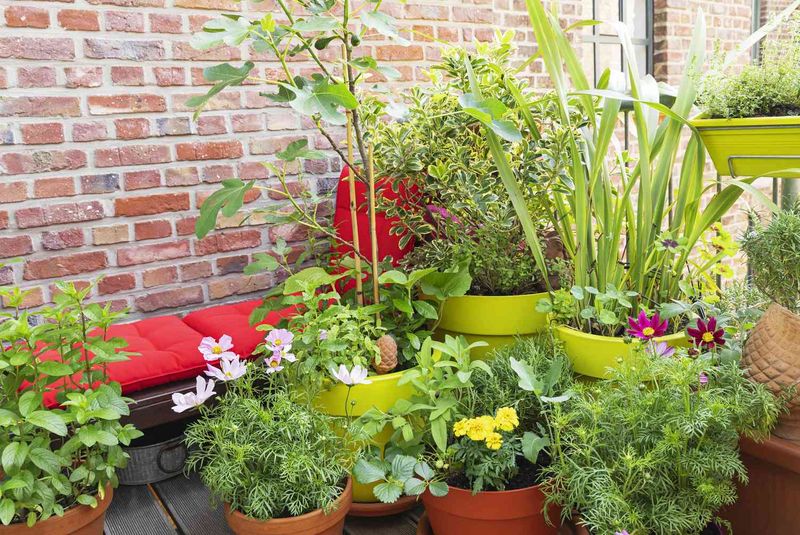
Your jungle of potted plants might showcase your green thumb, but when visitors need a machete to reach your front door, you’ve crossed into territory designers call ‘excessive.’
Plant hoarding creates visual chaos rather than thoughtful landscaping. Space between items allows each plant to be appreciated. Consider curating your collection with intention, varying heights and textures while maintaining breathing room.
Your porch shouldn’t feel like a greenhouse inventory where plants compete for attention and walking space.
11. Inconsistent Lighting Fixtures
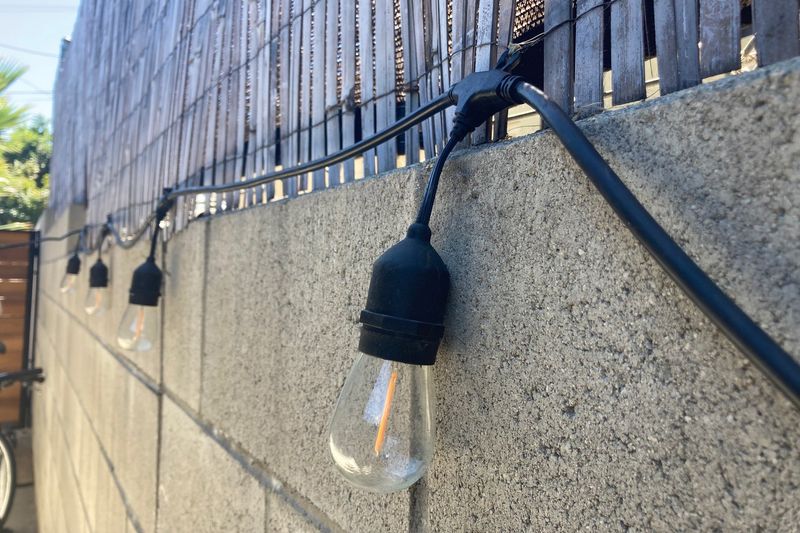
That colonial lantern paired with solar tiki torches and string lights from three different holidays creates what designers politely call a ‘lighting identity crisis.’
Your porch looks confused about what style it’s trying to achieve. Lighting sets mood and enhances architecture when done thoughtfully. Choose fixtures that complement your home’s style and each other.
Consistency doesn’t mean boring, but it does mean your porch won’t look like it’s suffering from design multiple personality disorder every time the sun sets.
12. Outdated House Numbers
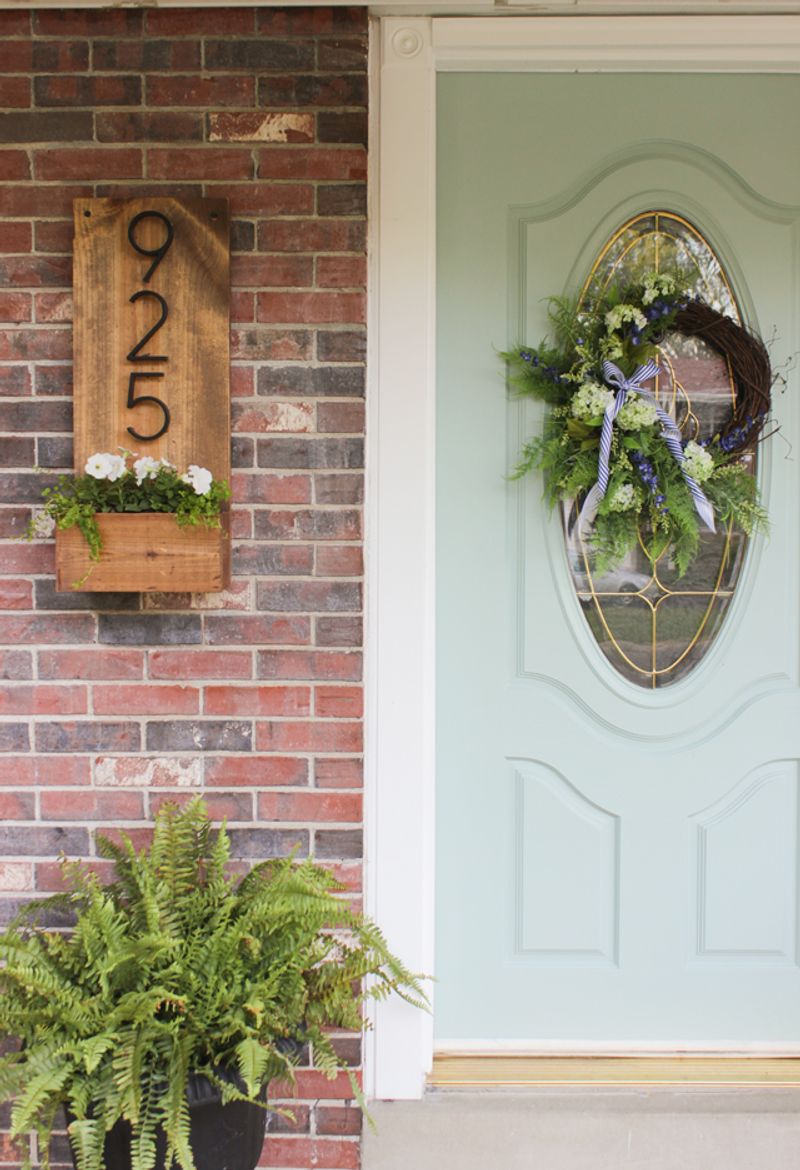
Those flimsy plastic digits from 1987 aren’t doing your curb appeal any favors. House numbers might seem like a minor detail, but designers notice them immediately since they’re literally how people identify your home.
Modern options offer style alongside function. From sleek metal to illuminated models, contemporary numbers can enhance your architectural style while actually helping delivery drivers find your house.
This small update delivers significant impact for minimal investment compared to other porch improvements.
13. DIY Projects Gone Wrong
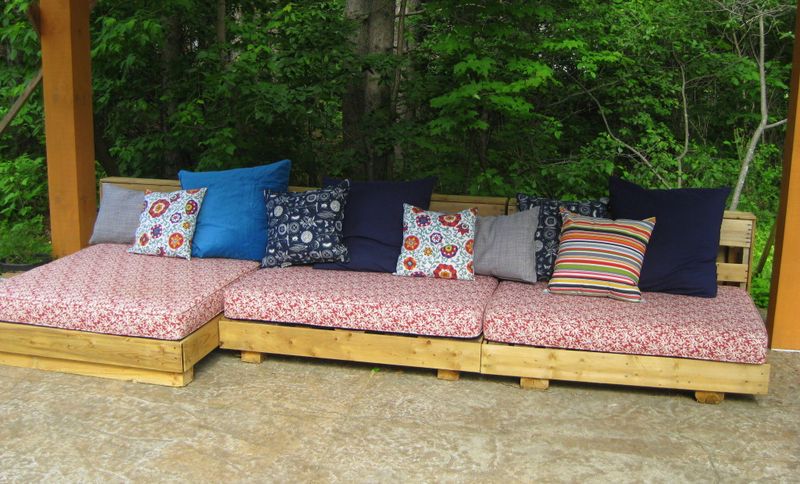
That handmade bench where the seat slopes dramatically toward the floor isn’t charming, it’s a sitting hazard. Pinterest-inspired projects require actual skills, not just enthusiasm, and designers can spot amateur craftsmanship from the street.
While homemade touches add personality, structural elements need proper construction. Consider whether your creation truly enhances your space or if it’s actually apologizing for itself every time someone visits.
Sometimes supporting local craftspeople yields better results than your weekend warrior attempts.
14. Doorbell Surrounded By Grime
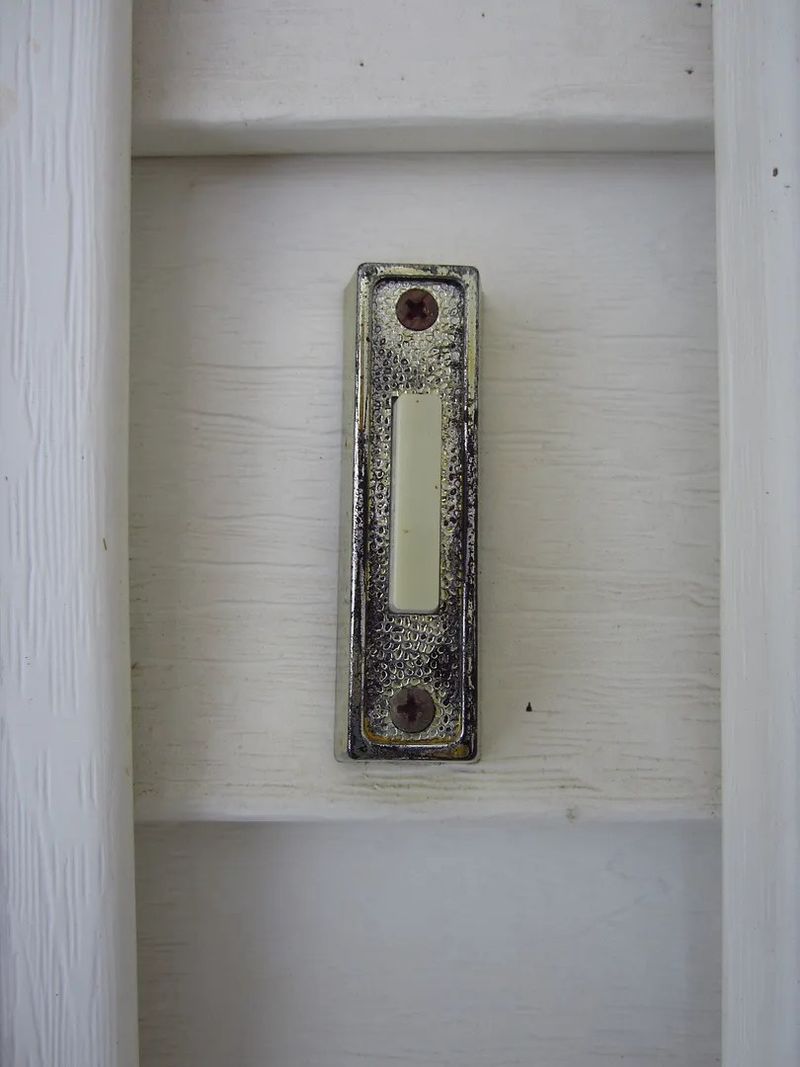
Your doorbell button encircled by years of fingerprint buildup and mysterious dark gunk creates a first impression nobody wants to touch.
This tiny detail speaks volumes about attention to maintenance throughout your home. Visitors notice these small touchpoints more than you might realize. A clean, functional doorbell demonstrates care for details and consideration for guests.
This five-minute fix with a cleaning cloth makes more difference to designers than you’d imagine when evaluating overall porch appeal.
15. Visible Extension Cords
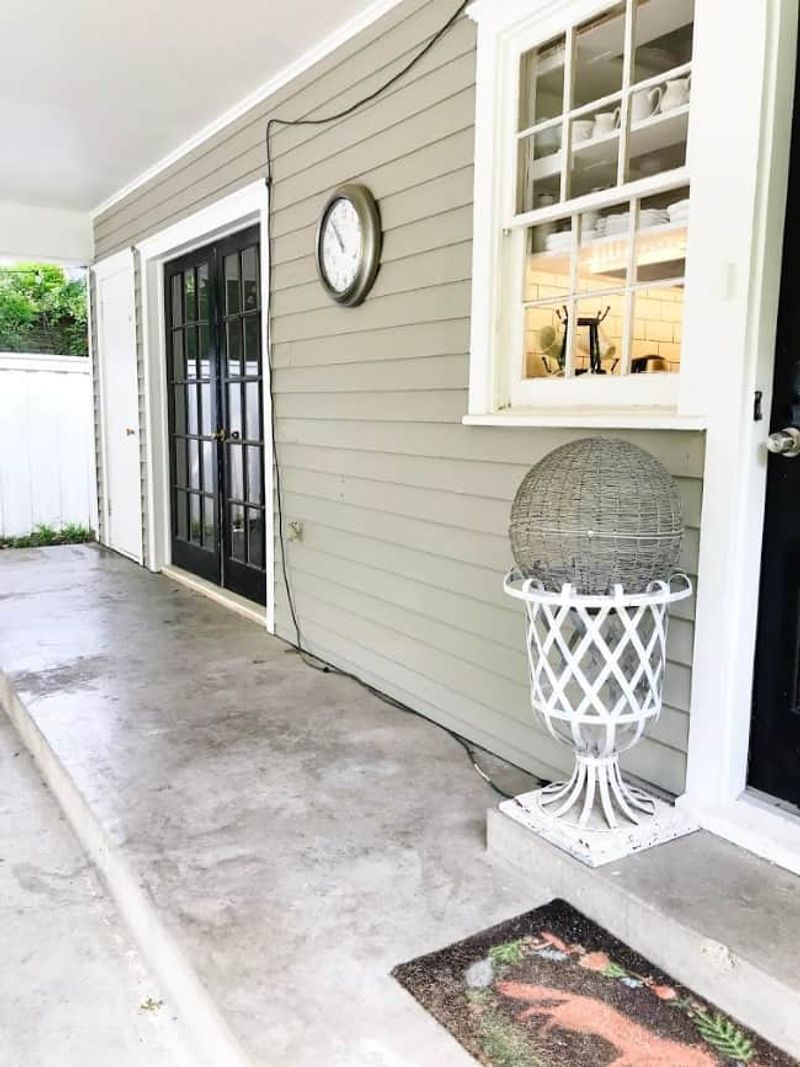
Orange extension cords snaking across your porch floor aren’t ‘industrial chic,’ they’re trip hazards that scream temporary solution turned permanent problem.
Designers physically cringe at exposed wiring undermining otherwise thoughtful decor. Proper outdoor electrical planning means hidden connections.
If your porch lighting or seasonal decorations require this kind of obvious wiring, consider consulting an electrician for permanent solutions. Your safety, aesthetics, and designer friends will all thank you for addressing this common oversight.
16. Porch Furniture Intended for Indoors
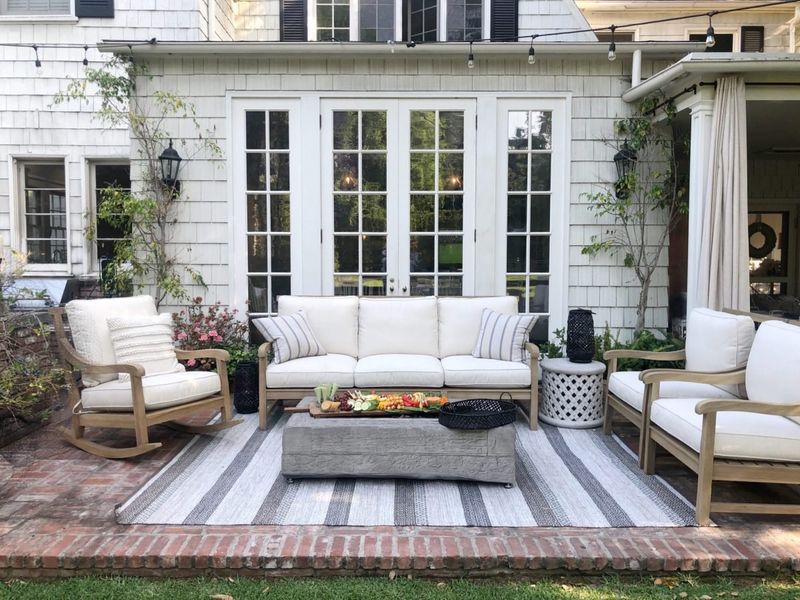
That upholstered armchair slowly deteriorating in the elements wasn’t designed for outdoor life, no matter how cute it looked when you first placed it there.
Interior furniture used outside signals design disconnect to professional eyes. Weather resistance matters for longevity and appearance. Outdoor-rated furniture costs more for good reason, as it’s engineered to withstand moisture, temperature fluctuations, and sun exposure.
Your soggy indoor castoffs create an impression of temporary solutions rather than intentional design choices.
17. Empty Bird Feeders
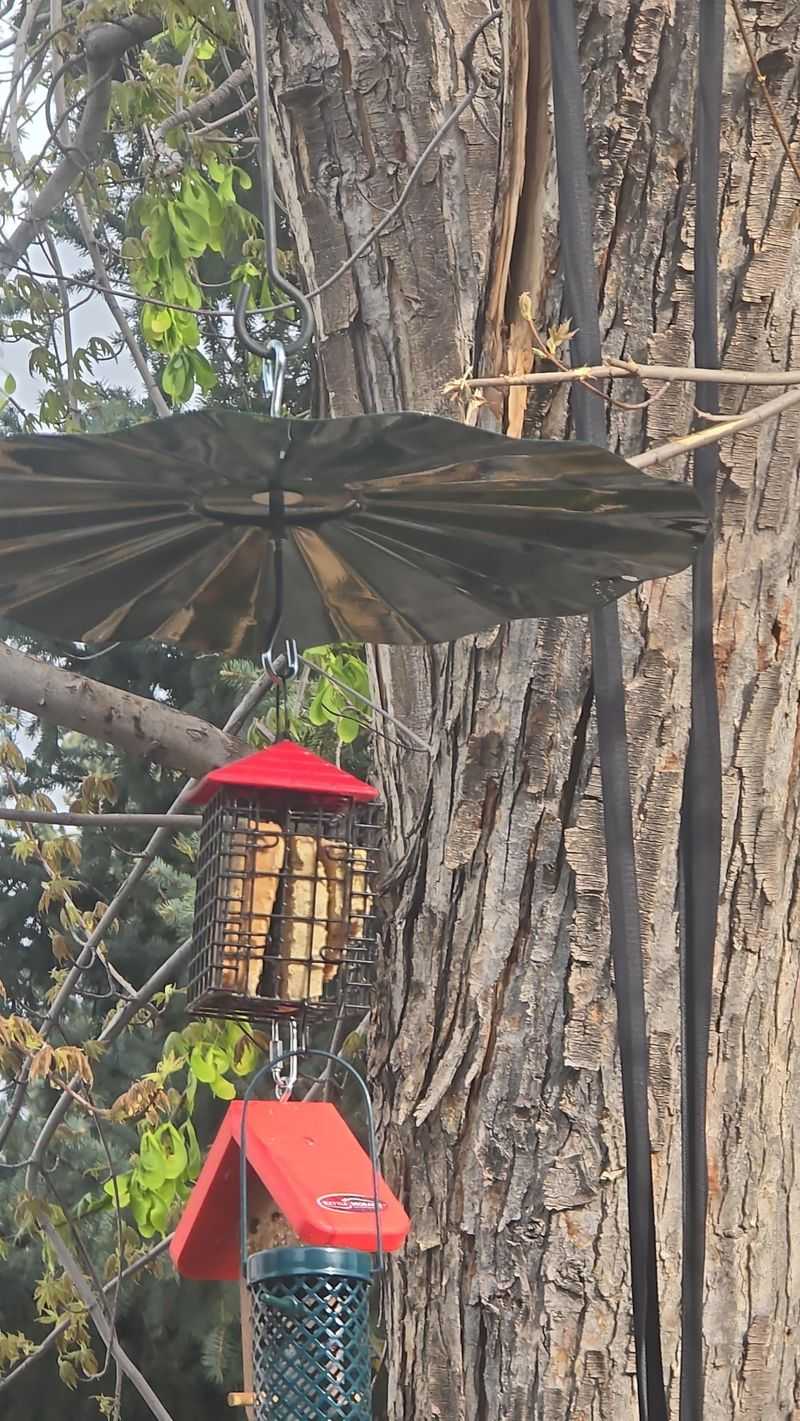
Abandoned bird feeders hanging empty for months send unintentional messages about neglect. Those feathered visitors remember which homes provide reliable nourishment, and designers notice which homeowners follow through on their decorative intentions.
If maintaining active feeders feels overwhelming, consider removing them entirely rather than displaying empty promises to local wildlife.
Thoughtful porch accessories should serve their intended purpose or be replaced with elements you’ll actually maintain, preventing that subtle air of abandonment.


